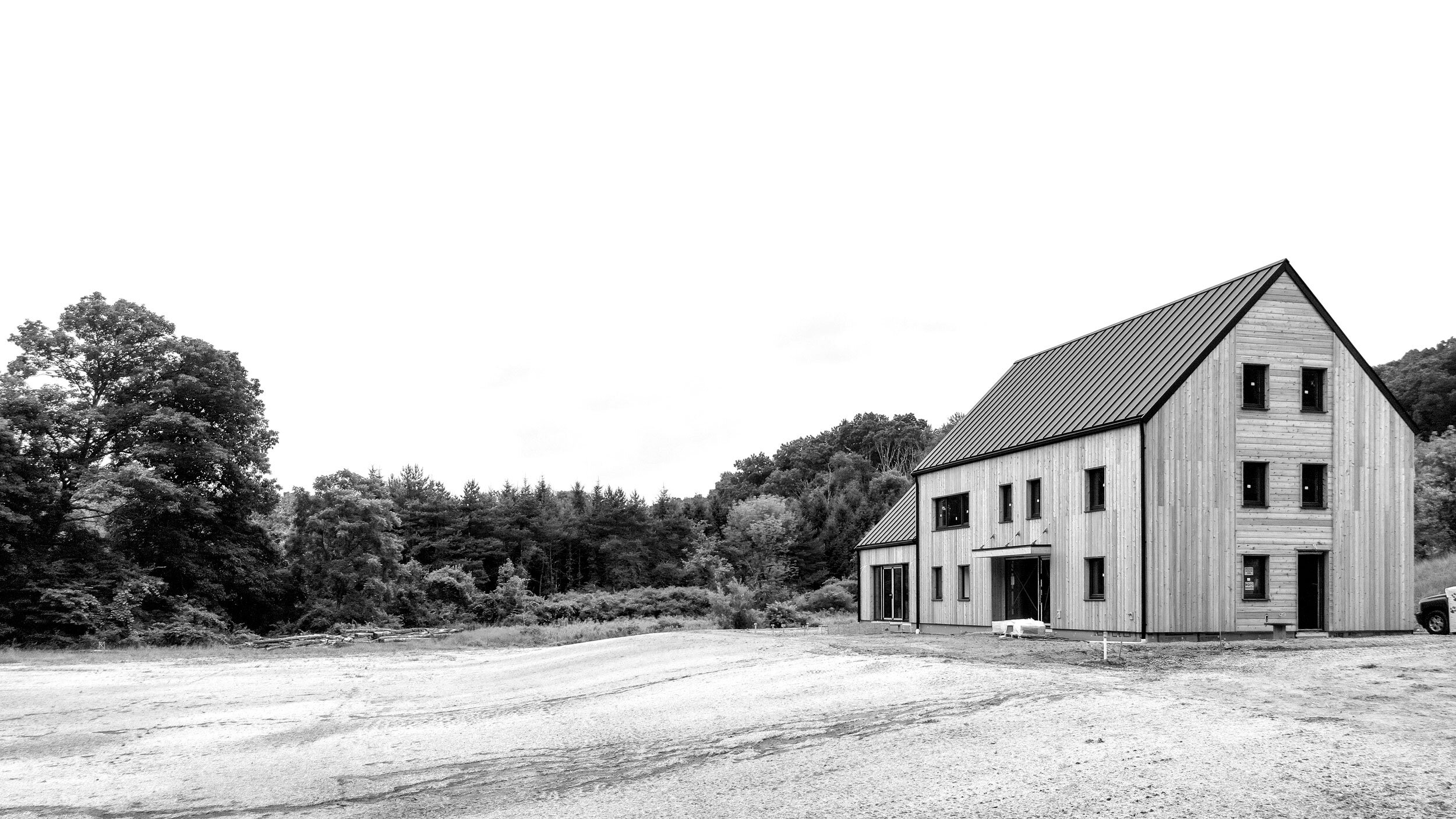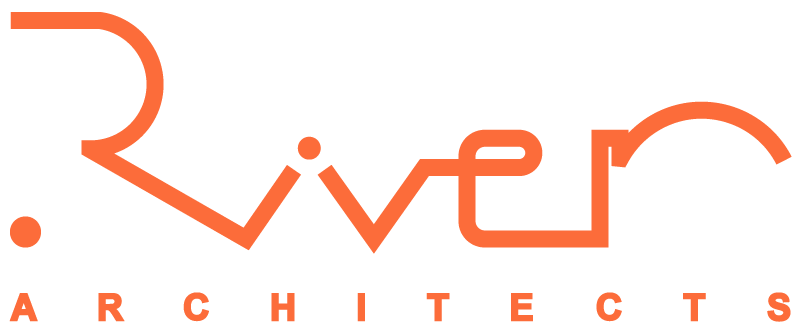
Passive House is a building design standard that can reduce energy use by as much as 90% compared to conventional construction.
KEY PASSIVE HOUSE FEATURES
ADDITIONAL PASSIVE HOUSE BENEFITS
No need for a fireplace, furnace, or chimney
Low-tech and immediately available construction methods
The opportunity to drastically alter our dependence on fossil fuels
HOW IT WORKS
BUILDING TYPES & STYLES

PASSIVE HOUSE STANDARD CAN BE APPLIED TO ANY BUILDING TYPE AND STYLE
WE’VE DESIGNED SO MANY GREAT EXAMPLES
FREQUENTLY ASKED QUESTIONS

Is a Passive House similar to the ’70s concept of passive solar homes?
Good solar orientation and proper solar heat harvesting is always beneficial for a building. While passive solar and super-insulated structures have the same beginnings in the 1970s energy crunch, the emphasis in Passive Houses is on conserving the energy that is gained by the windows and the indoor activities, not on maximizing solar heat gain. This reduces the costs associated with large glazing systems, and the risk of overheating the house during warmer months.Would I feel claustrophobic in these homes?
The thick walls are balanced with terrific windows that let in light and views, and open when you want them. Just like any house, good design leads to great floor plans that are spacious and enjoyable.Would I be able to open windows in my Passive House?
Just like any well-designed house, a Passive House has operable windows. Passive Houses are known to be cheerful, enjoyable, light-filled spaces just like any well-designed houses. Windows can be opened to let in the breeze. Fresh air is circulated throughout the house continuously (via ERV or HRV system) to ensure optimum indoor air quality. A Passive House offers inhabitants a healthy living environment with maximum comfort and well-being. Indoor stale air is removed and replaced with fresh outdoor air that has been filtered to remove pollutants and allergens. You will quite literally have the best air around.How do Passive House windows differ from regular windows?
Regular windows, even high-quality ones, may fog and condense when there is too much temperature difference between the indoors and the outdoors. Their thermal performance is very low, about an R-value of 2, and they leak.Passive House windows are triple-glazed with warm edges (that conduct less heat), therefore, heat transfer between indoors and outdoors is minimized. Typical R-values for Passive House windows start around R-7.
Passive House windows tend to be casement or tilt-and-slide types to minimize air leaks.
What is an ERV or HRV system?
An Energy/Enthalpy Recovery Ventilation System (ERV) is simple mechanical equipment that allows heat and moisture exchange between the outgoing conditioned air and the incoming fresh air without cross-contaminating the air. An ERV is often chosen in dryer climates.Heat Recovery Ventilation (HRV) is similar, except it exchanges only heat, not moisture. HRV is preferred in mild-climate zones where additional humidity is not desired inside of a building.
Do I need to hire specialists to accomplish this or can I do this on my own with a general contractor?
As a general rule, you will need to hire a Certified Passive House Consultant. Typically, they are architects and mechanical engineers. Contractors can become certified Passive House Builders or tradespeople, but their training is on the construction side, not on the calculations and planning. Passive House Design-Build companies are also available that combine the design, computer modeling and construction services into one. It is very important that the entire team is familiar and on board with the principles of Passive House design.Does the house need to be certified?
Certification is not mandatory, but it does give you the confidence that the house is designed and built to perform as well as expected. The certification of a Passive House is done through computer-simulated performance, physical inspections, and precise testing for air leaks and heat loss. Third-party evaluation and rating assures that you are getting what you paid for, and the fees are very reasonable compared to the sometimes arduous documentation and high costs associated with other green rating systems. Certification also qualifies you for tax incentives and rebates.How does it differ from LEED or Energy Star rated homes?
Passive House certification is aligned and complimentary to LEED and Energy Star. In fact, certification through the PHIUS+ program qualifies you for Energy Star and Department of Energy Challenge Home certifications, which makes certain rebates and incentives available.LEED is focused on the environment and social impact of all the elements that go into a building, but does not necessarily reduce energy use and the carbon footprint of a building. Passive House is the only regimen focused on drastically reducing energy performance, in driving energy use down to as little as 10% of the use in code-built homes. That is up to 90% less energy use!
Can I turn my existing home into a Passive House?
The principles of Passive House design can be applied to any structure. While it is easier to start from scratch with the goal of achieving the energy savings that Passive House design offers, there are many examples of Passive House renovations. There are certified Passive House renovations that range from Brooklyn brownstones to single family houses and commercial buildings. And, of course, drastic energy savings can still be achieved by applying these principles—even if it is too much of a challenge to pursue the certification. Deep energy retrofits, as they are called, can bring substantial improvements in energy conservation and comfort in all types of buildings.Can a Passive House be Net Zero or Net Positive?
Yes! By reducing the energy use so drastically, a Passive House makes Net Zero (energy use is offset by energy created on site by renewable energy sources) or Net Positive (making more energy than it consumes) very attainable without great expense. Small photo-voltaic panels or micro-turbines, for example, can easily meet or exceed the electrical demands of the house, and with incentives can see a payback in as little as 3-5 years.Is this only for single-family homes or can it apply to apartments, office buildings, or skyscrapers?
Don’t let the word “House” fool you: The Passive House Standard can be applied to all building types. Currently, there are mostly single-family houses that are certified in the United States, but that is changing as schools, offices, apartment buildings, and mixed-use structures obtain certification. In Europe, where the certification was first offered, there are thousands of structures now certified that range from libraries to high-rise office towers!What about the costs? Is it expensive?
Building better-quality products does have cost implications. Some builders report a 10% increase in the cost of Passive House buildings, but others report there being no additional costs. The economics of building to Passive House Standard is to reallocate the funds that would be spent on a complex mechanical system, such as an oil burner, copper pipes, radiators, and ducted air conditioning, and spend that money on more insulation, high-quality windows, and greater care in construction. Investing in long-service, common-sense components slashes the operating costs of conventional heating and cooling for the life of the building. Affordable housing developments have been built, and Habitat for Humanity has constructed Passive Houses, demonstrating both the cost-effectiveness of building this way, and the economic security that energy independence offers.It seems that Passive House is low-tech. What if I love gadgets?
It will be fun and rewarding to digitally monitor the performance of your “Passive House,” which is always working to save you money. There are various wireless lighting control technologies and daylight sensors with automated solar controls.You can install monitoring sensors that give you real-time information on thermal performance and moisture conditions. You can install smart thermostats to remotely view and control your settings.
You can install sensors that give you detailed information on electrical use and reduce “vampire” loads. You can upload all of this and make your friends jealous!
Why is River Architects so passionate about Passive House?
We are passionate about Passive House because it’s an extremely simple, low-tech, readily implemented method to deliver maximum comfort and energy savings in buildings. Once we learned the benefits of Passive House design, we knew there was no turning back. Passive House can help slash energy demands by creating carbon neutral buildings and eliminating nearly half of our national energy use by 2030.River Architects principal James Hartford founded the Hudson Valley Chapter of the Passive House Alliance in 2014, and currently serves as its President. He is passionate about sharing the Passive House philosophy with professionals and concerned citizens alike.











